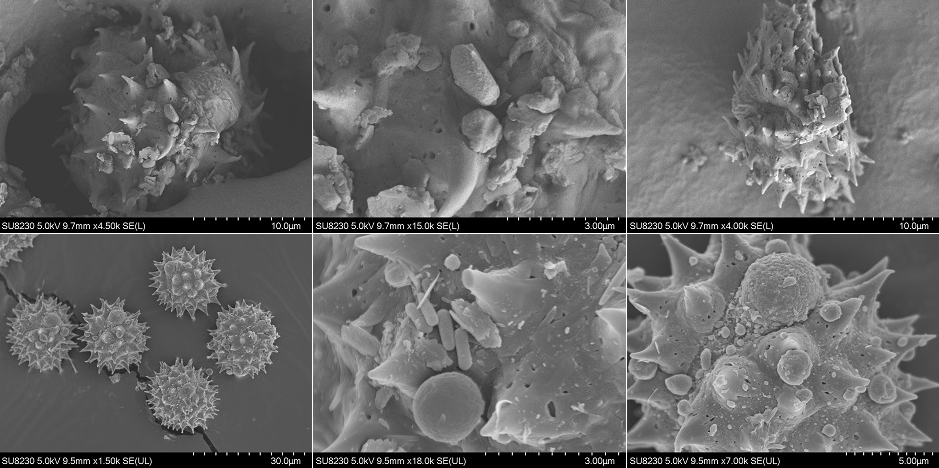Secrets of honey from our apiary
For a few months now, we have had our own beehives at the Warsaw University of Technology. Thanks to the work of the bees that live there and the beekeeper looking after them we now have the first batch of the Rector’s Honey. This sweet treat has a really interesting history.
Our apiary is located in the premises of the Centre for Advanced Materials and Technology CEZAMAT. It comprises three beehives and ca. 75 thousand bees. They are looked after by Łukasz Boruc, DSc, – a beekeeper and scientist from the WUT Faculty of Power and Mechanical Engineering.
At the beehives there is a camera thanks to which we can observe the bees 24 hours a day. It is broadcast on the WUT YouTube channel.
The apiary was developed thanks to the University Participatory Budget. The project was submitted by Daria Grzesiek, who is responsible for promotion in the Research University Excellence Initiative Project Office. The project was well received – it was chosen for implementation in the voting of WUT students, doctoral students and staff.
After months of work, the first sweet effects were there – we collected ca. 15 kg of honey. Since we are a university, our scientists investigated it thoroughly.
A report drawn up by Marta Rogalska and Monika Staniszewska, PhD, showed that the honey is slightly sour (pH = 5.41), and its free acidity meets the legal standards (it is 1.4 mval/ kg of honey, the maximum amount allowed is 50 mval/kg).
The honey from our WUT apiary does not contain starch (as established by tests with a solution of iodine in potassium iodide) and it is not fermented (we know it from observation with a fluorescent microscope).
Our honey should be described as multifloral. The dominating elements are pollen of the dandelion (36%) and the creeping thistle (30%). There is a significant share of the sunflower (15%) and the daisy (9%). The studies have also shown the presence of cherry, quince, lime tree, buckwheat, hazel and black locust. The analysis used an inverted light microscope (400x magnification).
The Rector’s Honey, as the name suggests, is at the disposal of Professor Krzysztof Zaremba, WUT Rector, who presents it to his guests and offers for special events, such as WUT Christmas Fair or Wielka Orkiestra Świątecznej Pomocy.









